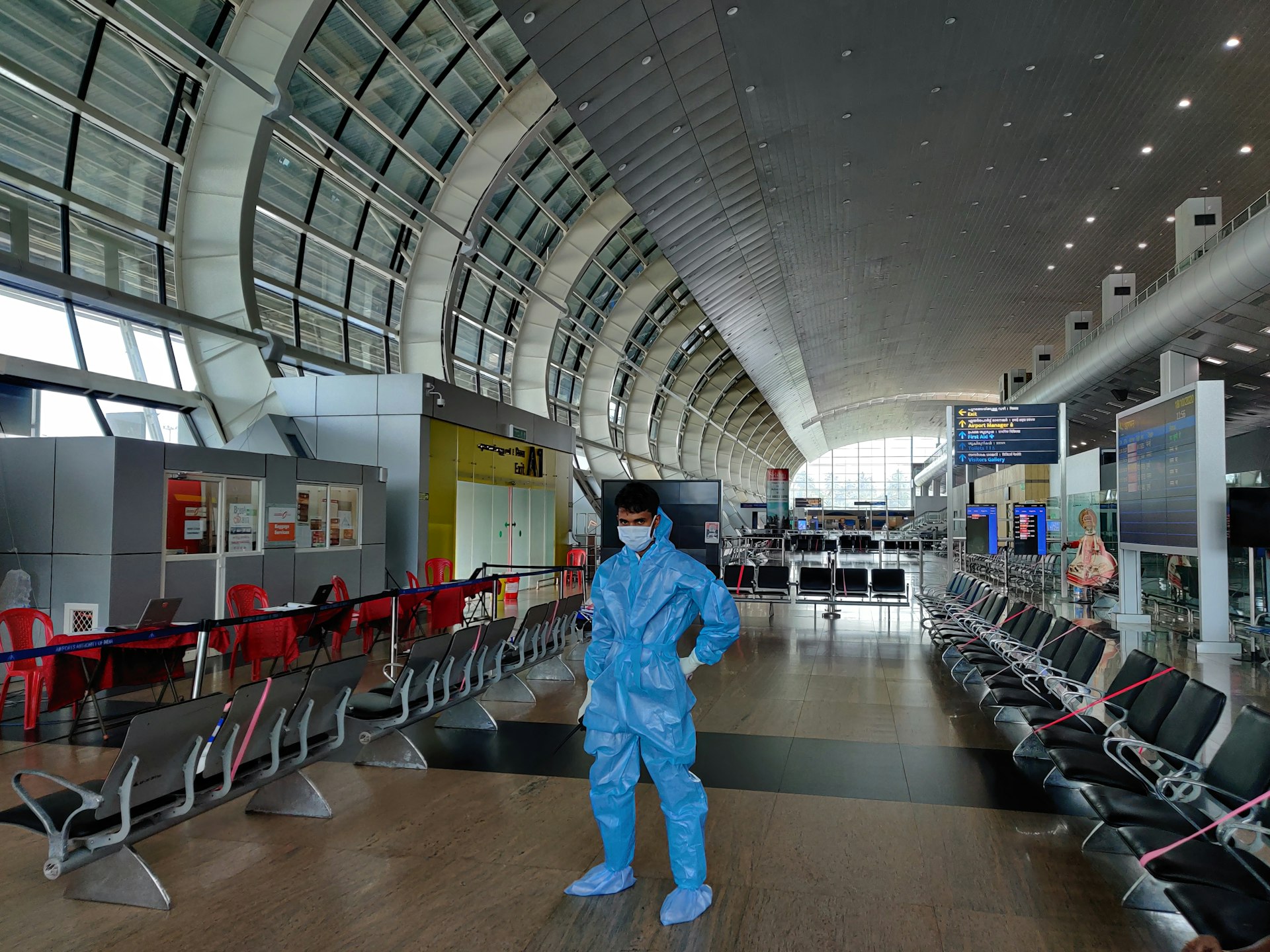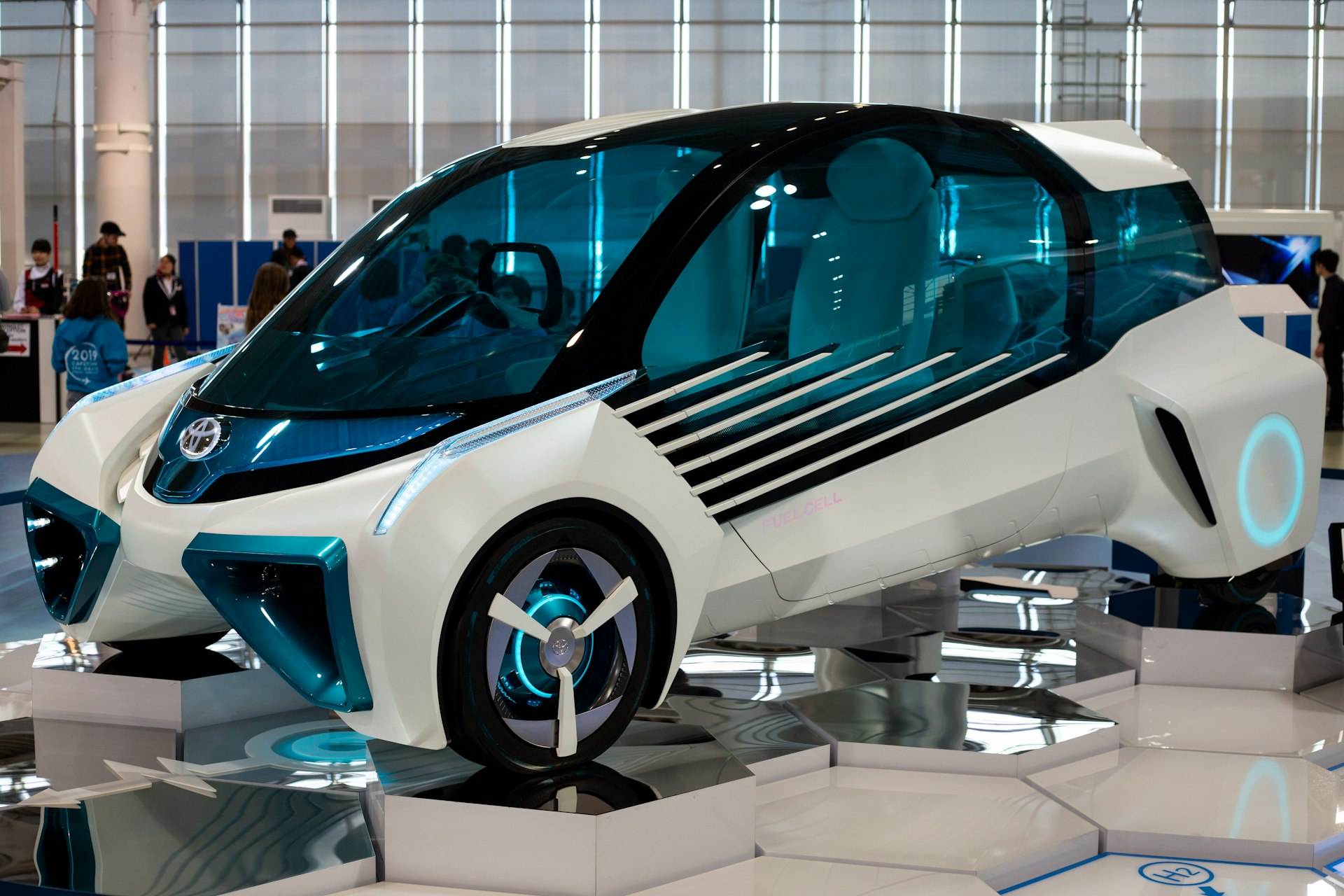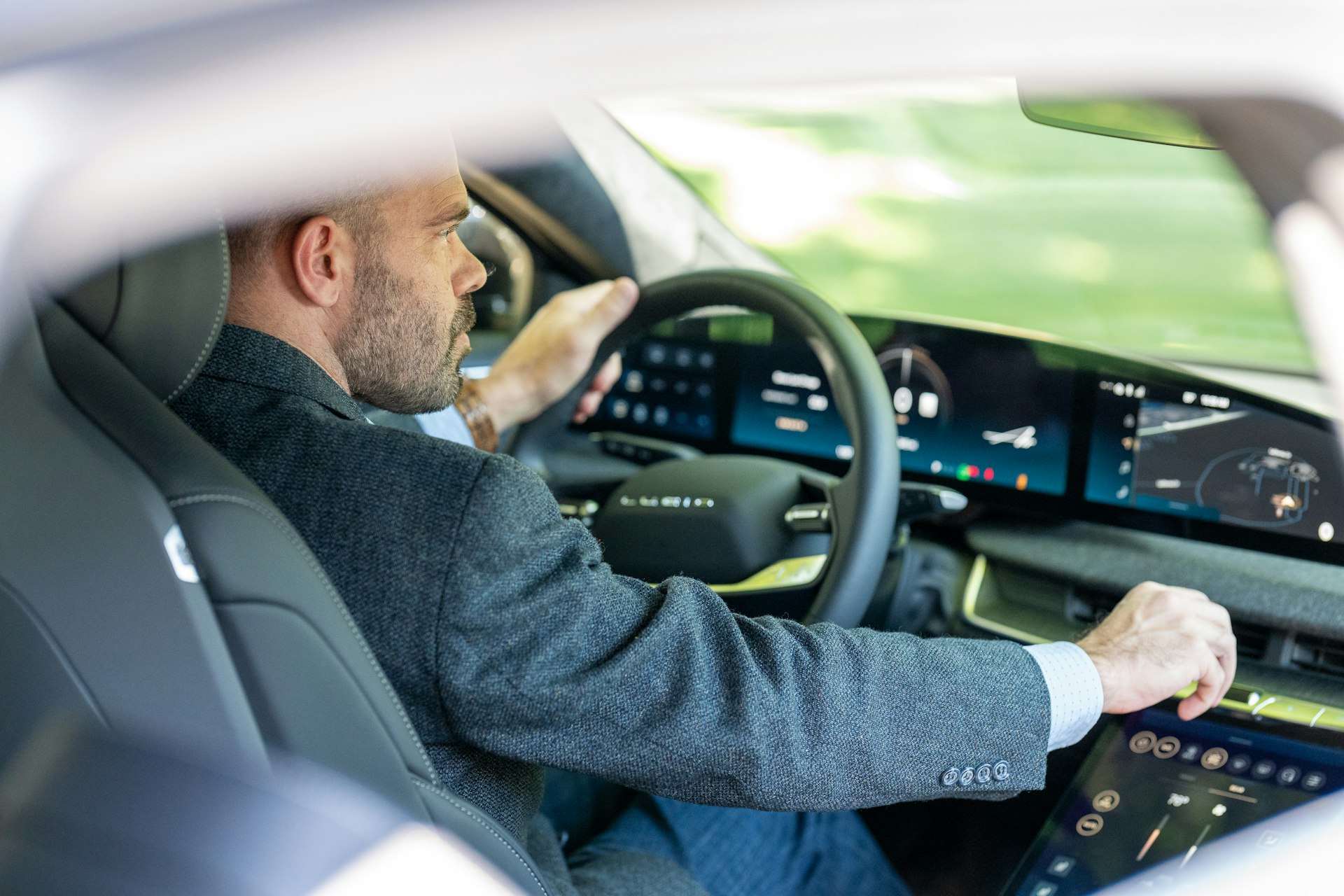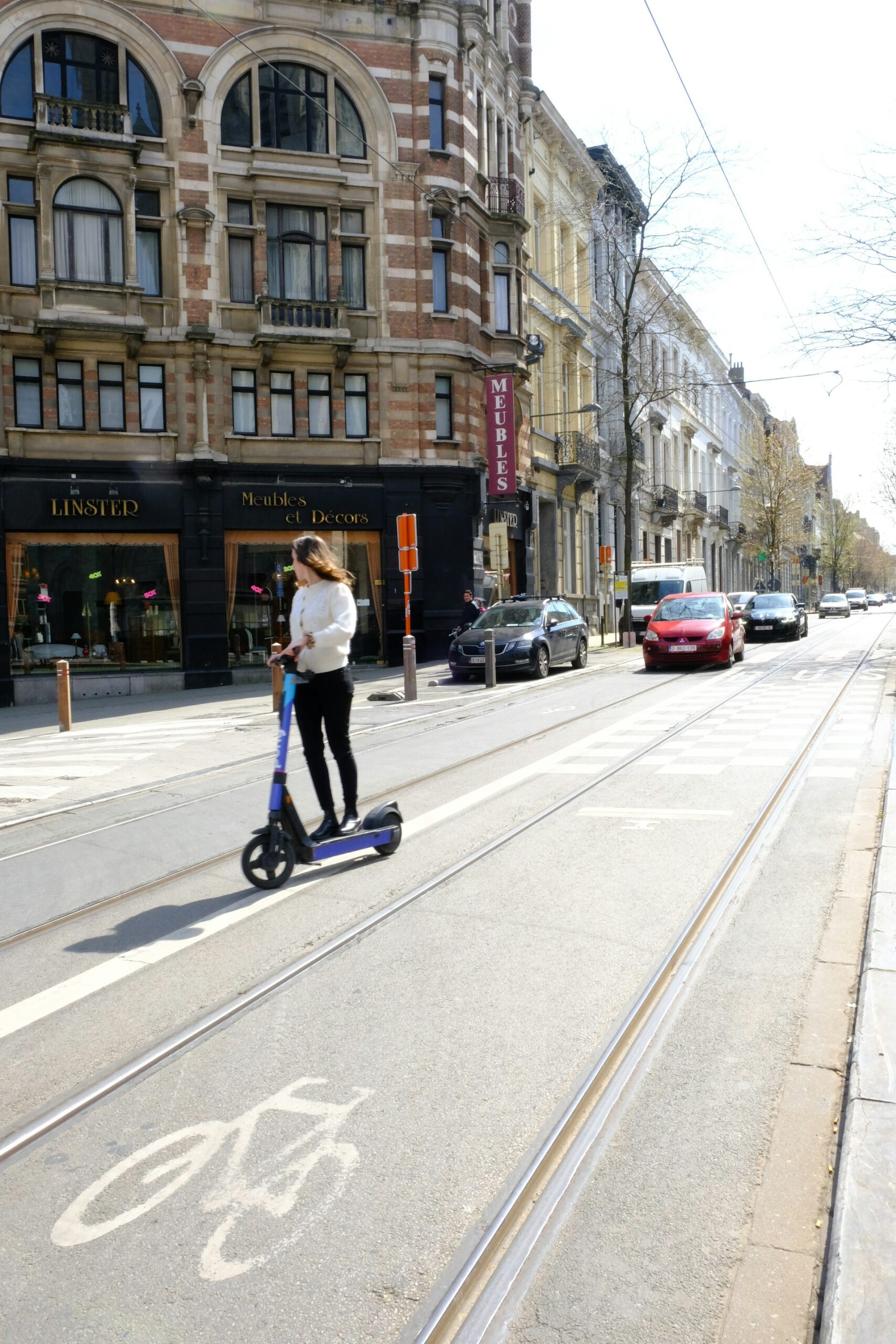How Gamified Driving Experiences Are Transforming Automotive Engagement in 2025

Photo by Pete F on Unsplash
Introduction
Gamified driving experiences are emerging as a transformative force in the automotive sector, combining technology, psychology, and entertainment to reshape how drivers interact with vehicles, brands, and each other. In 2025, the convergence of AI, real-time analytics, and interactive digital content is fueling new opportunities for safety, customer engagement, and education. This article examines the key trends, benefits, and practical strategies behind this evolution, with actionable guidance for organizations and individuals seeking to leverage gamification for improved outcomes.
1. AI-Driven Gamification for Safer Driving
One of the most significant advances in gamified driving is the integration of artificial intelligence with telematics and safety platforms. Fleet management solutions now use AI-powered dashcams to monitor driver behavior, detect infractions, and deliver real-time feedback. By making safety programs competitive and rewarding, organizations can increase driver motivation, reduce accidents, and transform workplace culture. Transparency and accuracy are crucial: when drivers trust that their actions are fairly evaluated, engagement rises and safety outcomes improve [1] .
For example, Motive’s system provides actionable insights and accurate event detection, ensuring that only true infractions are penalized while genuine improvements are rewarded. This fosters a sense of fairness and trust, which is essential for long-term participation. Companies investing in such technology have reported lower claims frequency, improved retention, and decreased operational costs due to fewer violations and accidents [1] .
2. Gamification in Automotive Marketing and Customer Engagement
Gamification has also become a powerful tool for automotive dealerships and manufacturers seeking deeper customer engagement. By integrating play elements such as interactive quizzes, challenges, and contests, brands turn the car-buying process into an enjoyable, participatory experience. These activities not only entertain but also generate valuable insights into customer preferences, enabling more personalized marketing and improved lead conversion rates [2] .
For instance, quizzes help potential buyers identify vehicles suited to their needs, while social media contests and online challenges keep them invested in the brand. Successful campaigns often utilize user-generated content (UGC), encouraging customers to share photos and stories of their vehicles. This authentic advocacy boosts brand credibility, strengthens SEO, and drives organic traffic to dealership websites [2] .

Photo by selcuk sarikoz on Unsplash
To participate in such gamified campaigns, consumers can follow official social media channels of their preferred dealerships or subscribe to brand newsletters for updates on ongoing contests and interactive events. Dealerships, meanwhile, can track engagement metrics and feedback to refine future marketing strategies.
3. Advancements in Driver Education: Gamified Learning Systems
The landscape of driver education is evolving rapidly, with gamification at its core. Mobile apps, digital platforms, and simulation-based exercises now offer learners a flexible, engaging way to master road rules and driving skills. Interactive quizzes and real-time progress tracking allow instructors to deliver personalized feedback, helping students address weaknesses efficiently [3] .
Online tools provide on-demand access to practice tests and instructional videos, making driver education more accessible. For example, mobile-first platforms allow users to study at their convenience and receive instant feedback on their performance. However, it is important to note that in some states, such as Washington, official driver education requirements may still mandate instructor-led classroom instruction and in-person training. Learners should check with their state’s Department of Motor Vehicles (DMV) or equivalent agency for current licensing requirements.
To access gamified driver education resources, search for reputable mobile apps and online platforms specializing in interactive driving lessons. Many programs offer free trials, progress tracking, and tailored feedback for skill improvement.
4. The Role of Video and Personalization in Gamified Experiences
Gamification is increasingly integrated with personalized video content, creating immersive and memorable customer experiences. Video-based gamified campaigns allow brands to engage multiple senses, tell compelling stories, and deliver interactive challenges directly to users’ devices. With 83% of consumers preferring video content from brands, the demand for interactive, personalized video is surging [5] .
Retailers and automotive companies can leverage this trend by producing cinematic-quality visuals that feature gamified elements such as scoreboards, challenges, and rewards. Personalized video experiences can differentiate brands, deepen customer loyalty, and drive sales. To access such content, consumers should follow official brand social media accounts, subscribe to newsletters, and engage with interactive campaigns hosted on verified company websites.
5. Market Growth and Future Outlook
The gamification market is expanding rapidly, with projections showing growth from $9.1 billion in 2020 to $30.7 billion by 2025-a compound annual growth rate of 27.4% [4] . AI is increasingly seen as a strategic priority, with 83% of business leaders acknowledging its importance. As AI-driven gamified solutions become more sophisticated, organizations can automate training, onboarding, and customer engagement processes, resulting in time savings and better tailored experiences [4] .
For those seeking to implement gamified driving experiences, consider the following steps:
- Identify trusted technology providers with a proven track record in gamification and AI integration.
- Consult industry experts and review customer testimonials to assess system transparency and accuracy.
- Participate in interactive campaigns hosted by official brand channels for both customer engagement and learning opportunities.
- Monitor regulatory requirements for driver education in your state to ensure compliance with official standards.
Organizations may face challenges when adopting gamified systems, including skepticism from users, privacy concerns, and the need for ongoing system calibration. Overcoming these hurdles requires clear communication, transparent data practices, and continuous feedback from participants.
Conclusion
Gamified driving experiences are redefining the automotive industry, offering measurable improvements in safety, customer engagement, and educational outcomes. By harnessing the power of AI, interactive media, and personalized feedback, brands and organizations can foster a culture of participation, trust, and long-term loyalty. As these trends accelerate, staying informed and proactive will ensure both individuals and companies remain at the forefront of innovation.
References
- [1] Motive (2023). How Fleets Use Gamification to Drive Safer Performance.
- [2] Jupiter Chevrolet (2025). Top Social Media Trends in Automotive Industry 2025.
- [3] Western Motor Sales & Training (2025). Trends in Driver Education: What’s New in 2025?
- [4] Growth Engineering (2025). 19 Gamification Trends for 2023-2025: Top Stats, Facts & Examples.
- [5] Idomoo (2025). Gamification in Retail: The Trend Driving Sales and Loyalty.
MORE FROM ismath.net













